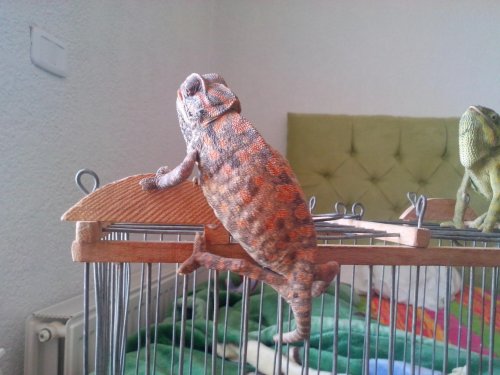nuker destrong
New Member
hi i live in Tunisia which is north Africa so it is normal for us to find flapneck chameleons in our town. the problem, i have found a new one but he has a skin problem it doesn't change to green but to orange
is there any solution to fix his skin?
i was thinking of feeding him colorants but i am going to ask you pro's first
here is a picture of him
![IMG_20140527_135853[1].jpg IMG_20140527_135853[1].jpg](data:image/svg+xml;charset=utf-8,%3Csvg xmlns%3D'http%3A%2F%2Fwww.w3.org%2F2000%2Fsvg' width='500' height='375' viewBox%3D'0 0 500 375'%2F%3E)
is there any solution to fix his skin?
i was thinking of feeding him colorants but i am going to ask you pro's first
here is a picture of him
![IMG_20140527_135853[1].jpg IMG_20140527_135853[1].jpg](https://www.chameleonforums.com/data/attachments/75/75907-13d129ae7ceeaccd4e8cea2658aa0a28.jpg)





